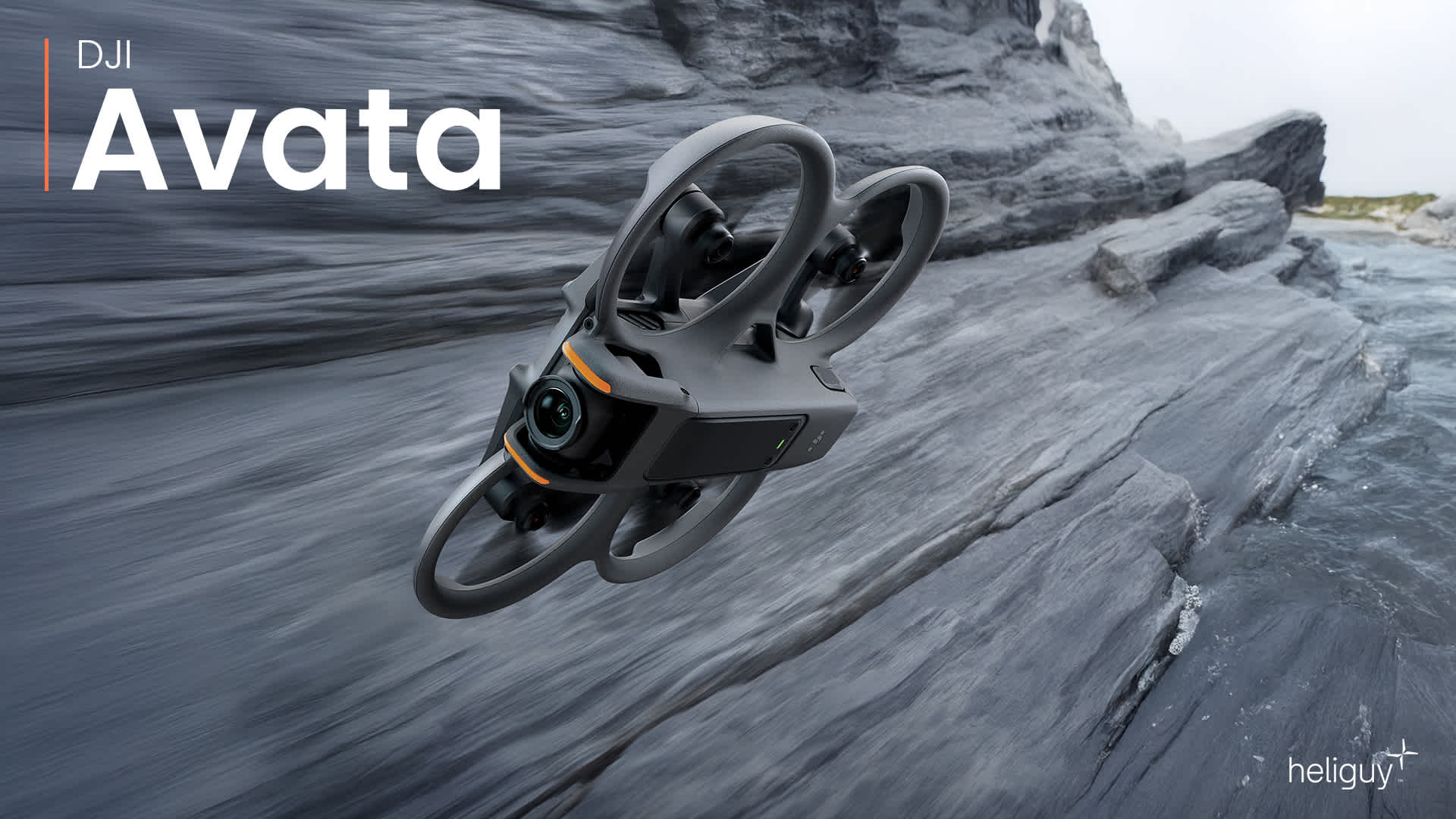Drones For Confined Space Inspection
Access the inaccessible
Transform Safety and Accessibility With Confined Space Inspection Drones
Confined space inspections are critical in ensuring the safety and operational integrity of various industrial environments, such as tanks, pipelines, and boilers. But these inspections are typically fraught with danger.
Drones present a transformative solution: Performing inspections more efficiently, safely, and accurately. Access dangerous spaces without the need for human presence, and obtain high-resolution, real-time data.
What Challenges Are Associated With Traditional Confined Space Inspection?
Safety Risks: Human inspectors face exposure to hazardous conditions such as toxic gases, poor ventilation, and risk of entrapment.
Accessibility: Many confined spaces are difficult to access, requiring specialised equipment and extensive preparation.
Cost: Traditional inspections can be costly due to the need for extensive safety measures, equipment, and potentially disrupting operations.
Time-Consuming: Preparing for and conducting traditional inspections can be time-intensive, often leading to extended downtime.
Human Error: Manual inspections are subject to human error, which can lead to incomplete or inaccurate assessments.
Physical Strain: Inspectors often have to work in uncomfortable and physically demanding conditions, which can impact the quality and thoroughness of the inspection.
Benefits Of Using Drones for Confined Space Inspection
Enhanced Safety: Drones eliminate the need for human entry into hazardous environments, significantly reducing the risk of accidents and exposure to harmful conditions.
Improved Accessibility: Drones can easily navigate and inspect hard-to-reach areas without the need for complex and intrusive access solutions.
Cost-efficiency: Utilising drones can lower inspection costs by reducing the need for extensive safety preparations and minimizing operational disruptions.
Time Savings: Drones can perform inspections quickly, leading to reduced downtime and faster turnaround times for maintenance and repairs.
High Accuracy: Equipped with advanced sensors and cameras, drones can capture high-resolution images and precise data, enhancing the accuracy of inspections.
Confined Space Inspection Use Cases
Oil and Gas: For inspecting storage tanks, pipelines, and offshore platforms.
Power Generation: In nuclear, coal, and hydroelectric plants for checking boilers, turbines, and cooling towers.
Chemical Manufacturing: To monitor chemical storage tanks, reactors, and confined process areas.
Maritime and Shipping: For inspecting ship hulls, ballast tanks, and cargo holds.
Mining: In underground mines, shafts, and storage silos for safety and structural integrity.
Water and Wastewater Management: For inspecting tanks, tunnels, and sewer systems.
Construction: To examine confined spaces in building structures, tunnels, and underground facilities.
Telecommunications: In confined spaces of telecommunication towers and equipment rooms.
Manufacturing: For inspecting machinery, storage tanks, and confined production areas.
Automotive: In production plants for inspecting paint booths and confined assembly areas.
DJI Avata Series For Confined Space Inspection
It may have been marketed as an FPV content-creation drone, but the DJI Avata Series - including the new DJI Avata 2 - has emerged as a tool for confined space inspection.
DJI Avata 2 key features:
4K video, 12MP imagery, and 155° ultra-wide-angle FOV.
Updated integrated propeller guard design protects the drone from collisions.
Lightweight and compact to navigate tight spaces.
Automatic Return to Home functionality if drone's battery is low or there is a loss of signal.
New sensors enhance safety during low-altitude and indoor flights.
Turtle Mode enables Avata 2 to flip itself into take-off position when upside down.
23 minutes of flight time.
